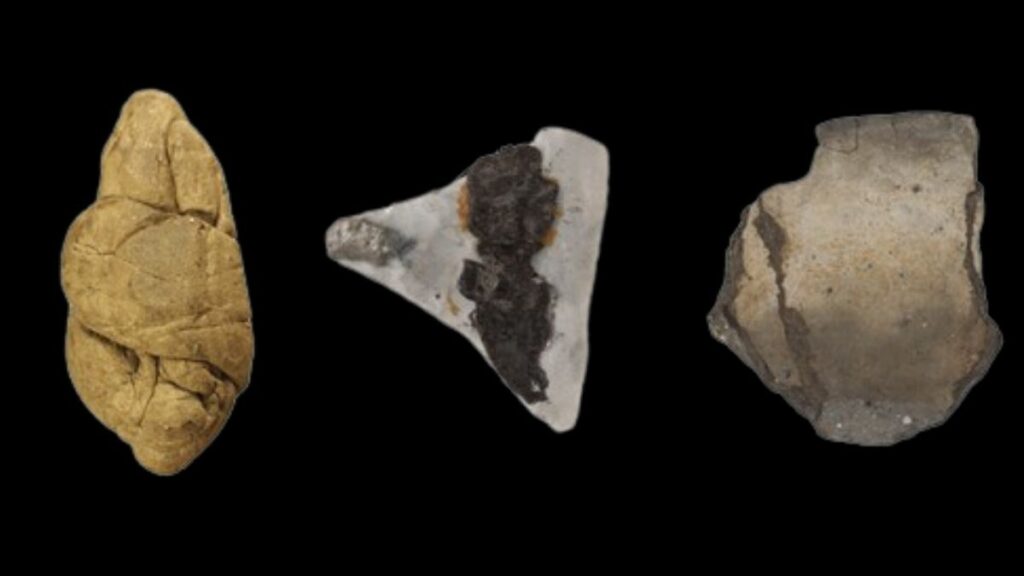
BREAKING: An urgent new study reveals that ancient chewing gum, dating back 6,000 years, provides groundbreaking insights into Neolithic gender roles. Researchers from the University of Copenhagen, led by Anna White, have analyzed 30 birch tar artifacts from the European Alps, uncovering vital clues about the lives of our ancestors.
This remarkable research, published in Proceedings of the Royal Society B, indicates that chewing tar was not merely a pastime but may have had significant roles in daily activities, possibly for medicinal purposes due to its antimicrobial properties. The study highlights how this ancient material was used for various functions, including attaching handles to stone blades and repairing pottery.
The team discovered that among the 19 samples of human DNA extracted, it was possible to determine the sex of some individuals who chewed the tar. This offers new perspectives on gender practices during the Neolithic era. Notably, male DNA was found in the 10 stone tools where tar was used as an adhesive, while female DNA was present in the tar used for three pottery items.
“
The presence of human and oral microbial DNA in some of the samples suggests the tar was chewed, in some cases by multiple individuals,”
stated the research team. This finding reveals that chewing was likely a communal activity, intertwining social interactions with practical tasks.
The study analyzed artifacts from nine sites in the Alps, with many dating back up to 6,300 years. The organic residue and ancient DNA embedded in the tar provide a rare glimpse into the diets and practices of Neolithic people. Some tar pieces contained remnants of linseed and poppy seeds, though the team could not determine if the latter was consumed for food or its psychoactive effects.
This discovery is significant not only for understanding gender roles but also for the preservation of human history. Chewing gum, once thought of as a trivial habit, now reveals vital information about our ancestors’ interactions, diets, and daily lives.
As researchers continue to study these artifacts, the implications are profound—ancient chewing gum may hold the key to deciphering a long-lost chapter of human history. The next steps will focus on further analysis of these artifacts to expand our understanding of Neolithic life.
As this story develops, it underscores the importance of seemingly mundane objects in revealing the complexities of human existence across millennia. Share this intriguing discovery to spread awareness of how the past continues to shape our understanding of gender and social structures today.





